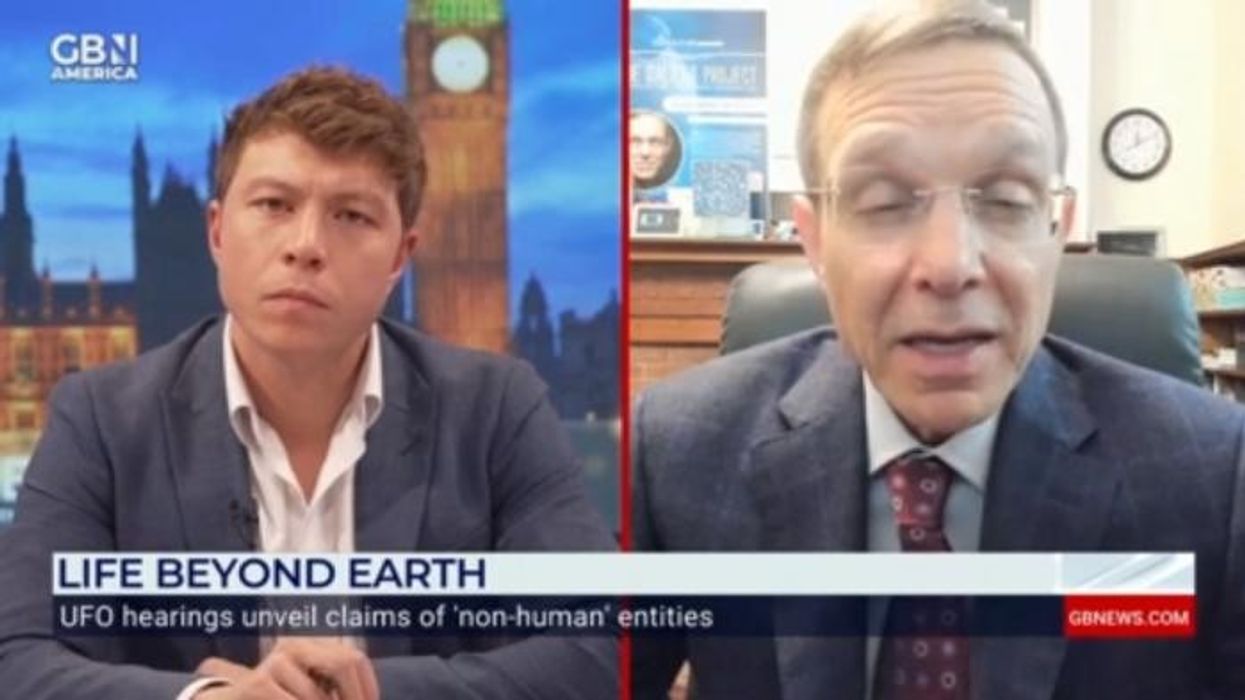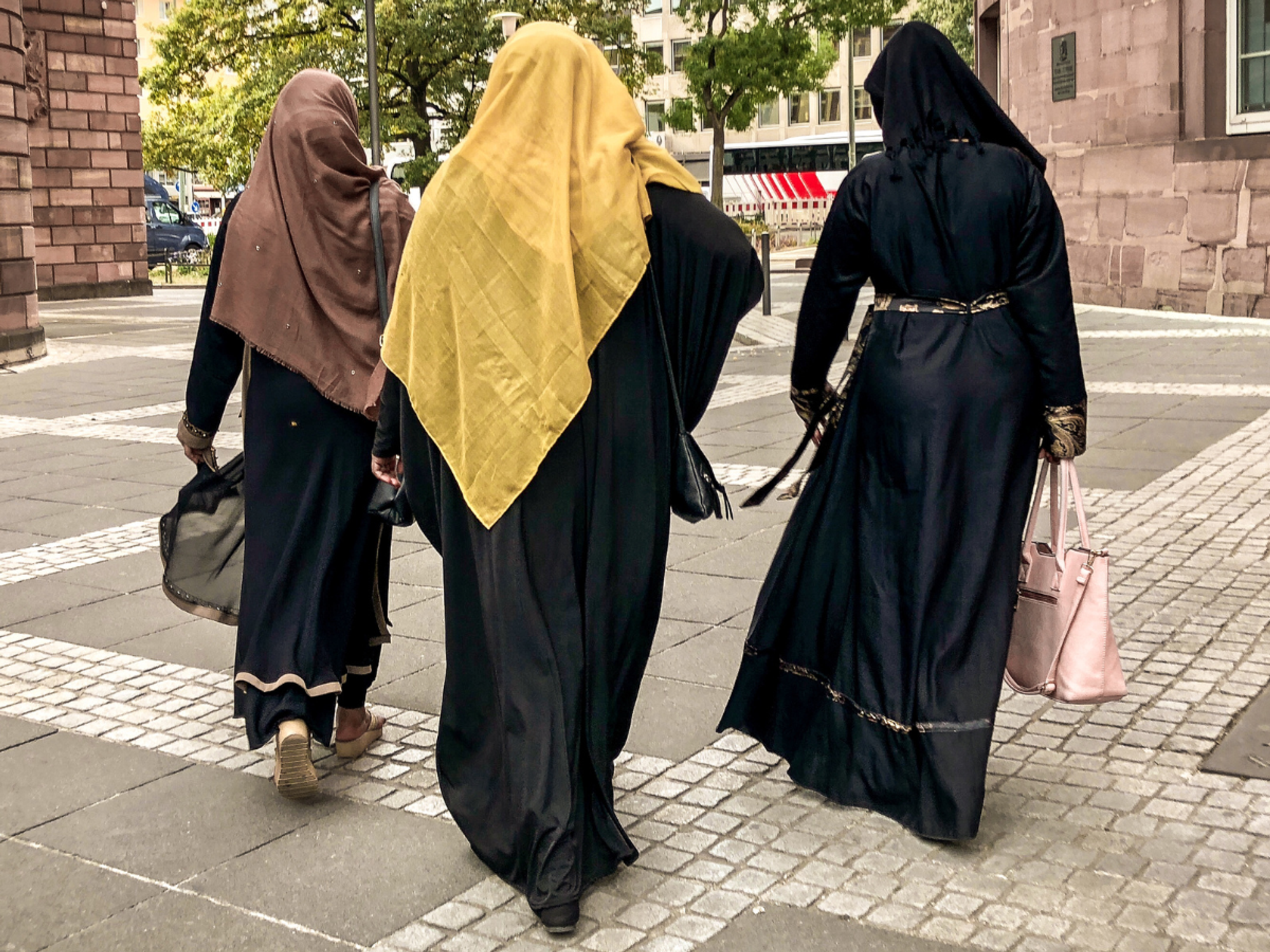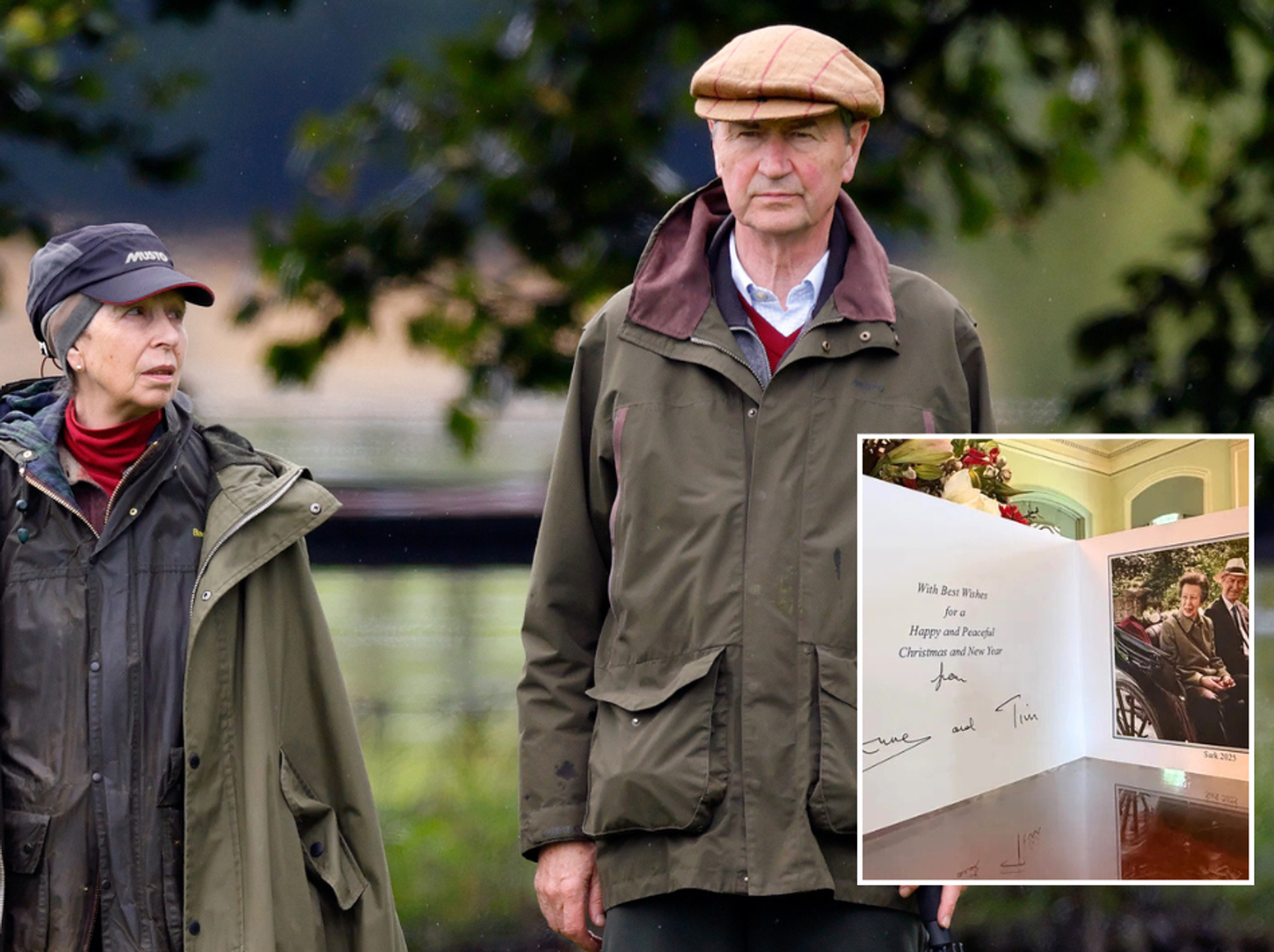Quadrantid meteor shower to blaze through Britain's skies TONIGHT as moon's position will increase visibility

Astronomers say it's important to look for 'bluish or yellowish-white meteors with fine trails' - but timing is key
Don't Miss
Most Read
Stargazers across Britain are set to witness one of space's most spectacular displays tonight as the Quadrantid meteor shower reaches its peak.
The celestial event could deliver up to 120 meteors per hour, according to the Royal Greenwich Observatory.
The display will be visible across UK skies on both Friday and Saturday night, with experts suggesting this year's show could be particularly striking.
The annual meteor shower, which began on December 26, will continue until January 12 - but unlike many meteor showers, the Quadrantids have a short, sharp peak period, making timing crucial for viewers.
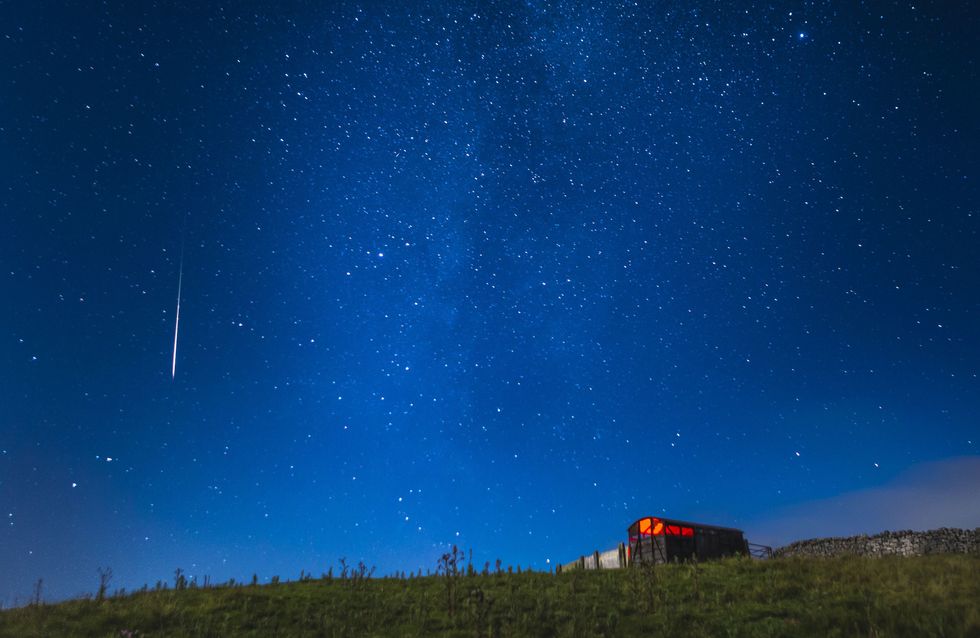
The shower is known for its 'fireballs' - particularly bright meteors that create dramatic streaks across the sky (file photo)
|PA
The shower typically reaches its most spectacular point around 2am GMT, when the sky is at its darkest.
Wide-open spaces with an unobstructed view of the night sky offer the best viewing conditions.
The Royal Observatory advises viewers to watch for "bluish or yellowish-white meteors with fine trails."
While Dr Robert Massey, deputy director of the Royal Astronomical Society, says the Quadrantids "have a pretty strong intensity if you happen to be in the right place at the right time."
MORE SPACE NEWS:
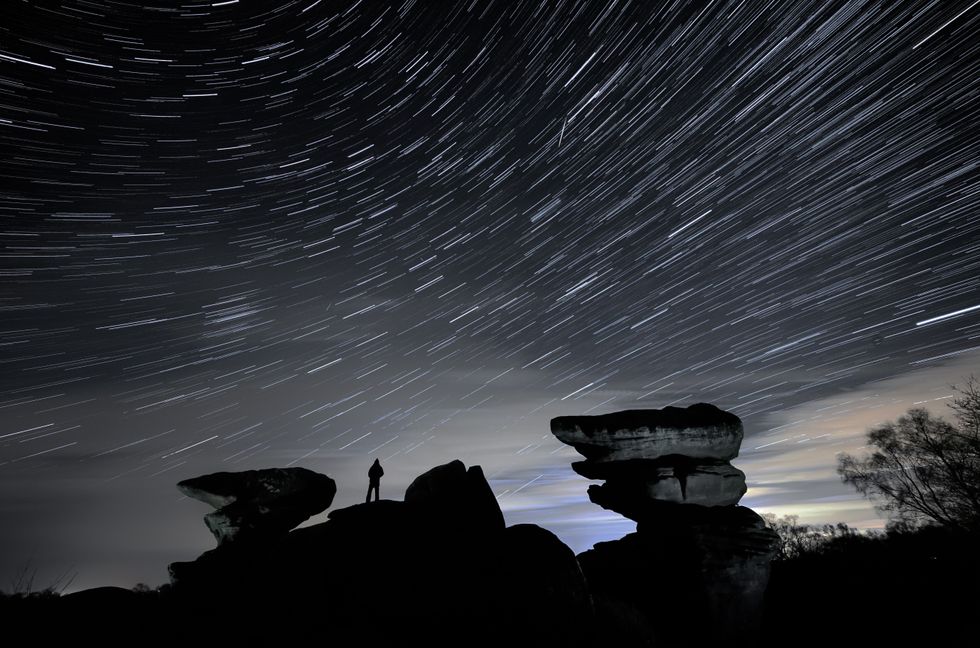
For the best meteor viewing experience, Nasa recommends finding a dark area away from city lights
|PA
While not boasting the brightest meteors overall, the shower is known for its "fireballs" - particularly bright meteors that create dramatic streaks across the sky.
"If you have the time to look out and the weather is good, then do take a look because it's a perfect New Year treat," Dr Massey added.
This year's display benefits from favourable lunar conditions, with Dr Massey noting: "You haven't got a full moon in the sky - it's a very thin crescent - which means the light will not be a big problem."
The spectacular light show occurs when small objects enter Earth's atmosphere at high speed.
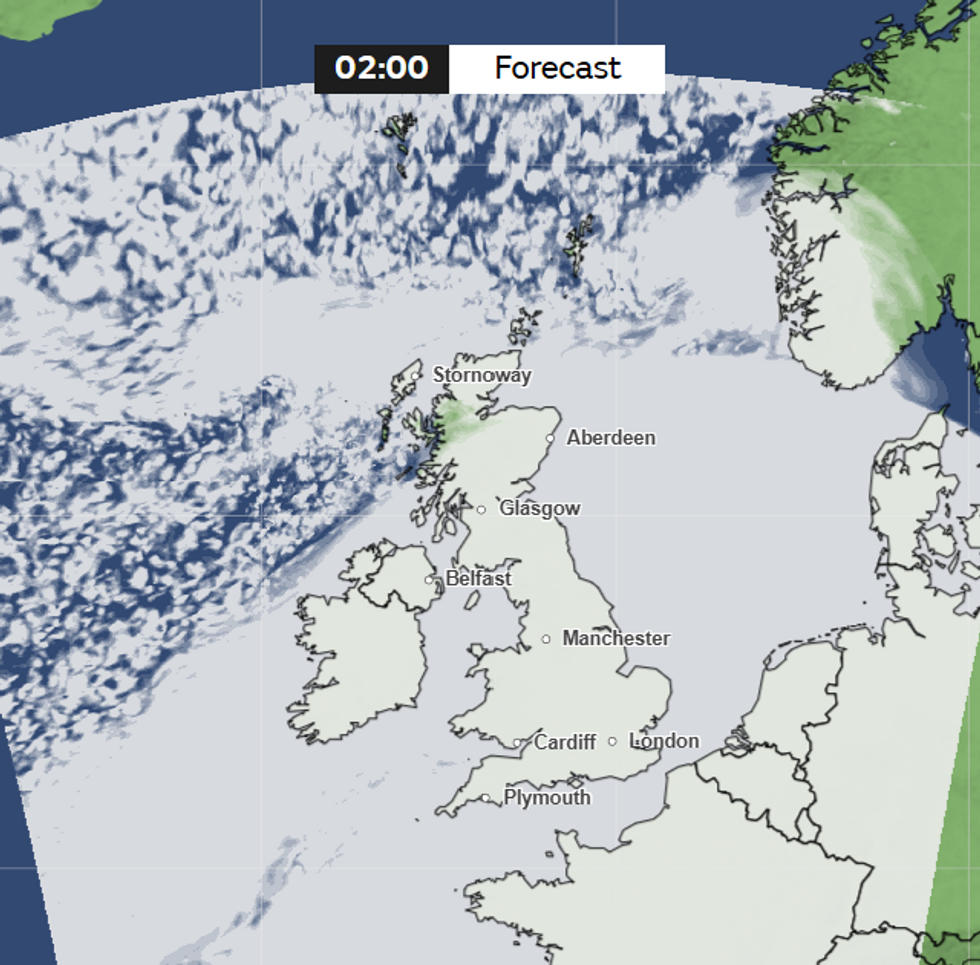
Almost the entire country is set to miss out on clear skies as the 2am peak viewing time passes
|MET OFFICE
These then heat up due to friction with the air, typically burning up more than 50 miles above Earth's surface, creating the brief, glowing streaks of light commonly known as "shooting stars".
For the best viewing experience, Nasa recommends finding a dark area away from city lights - while viewers should allow their eyes approximately 30 minutes to adjust to the darkness.
The best spots for viewing include national parks and countryside areas where light pollution is minimal, but Met Office cloud cover maps paint a dismal picture, with almost the entire country set to miss out on clear skies as the 2am peak viewing time passes.


